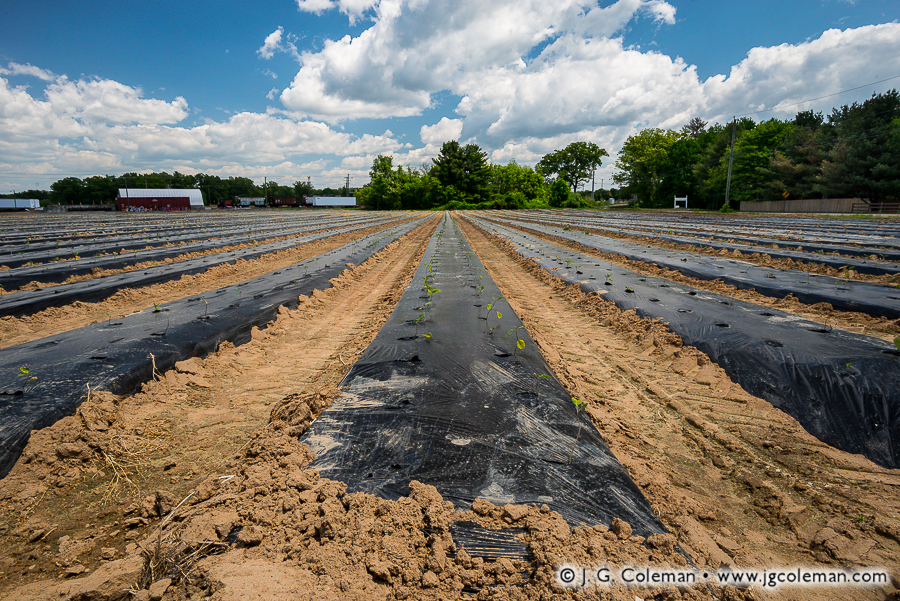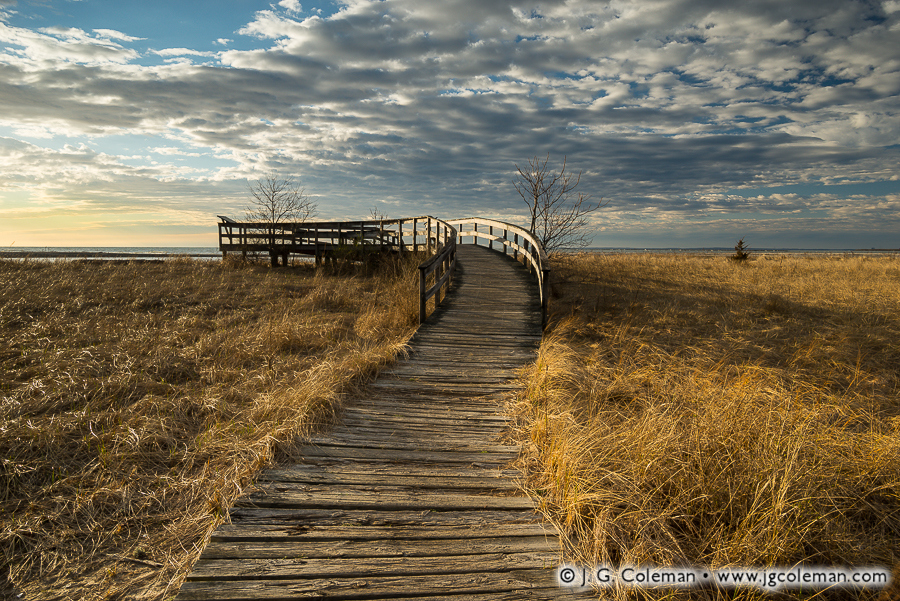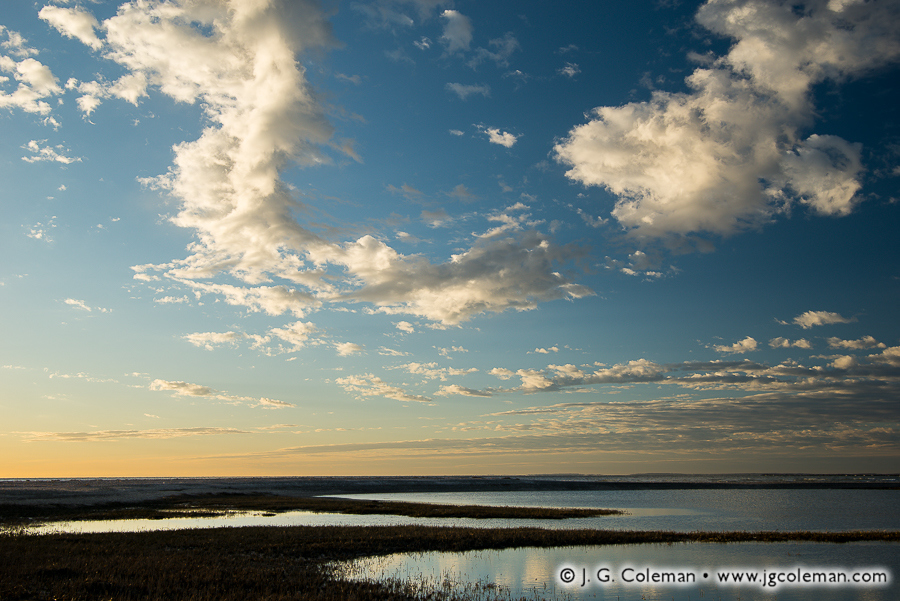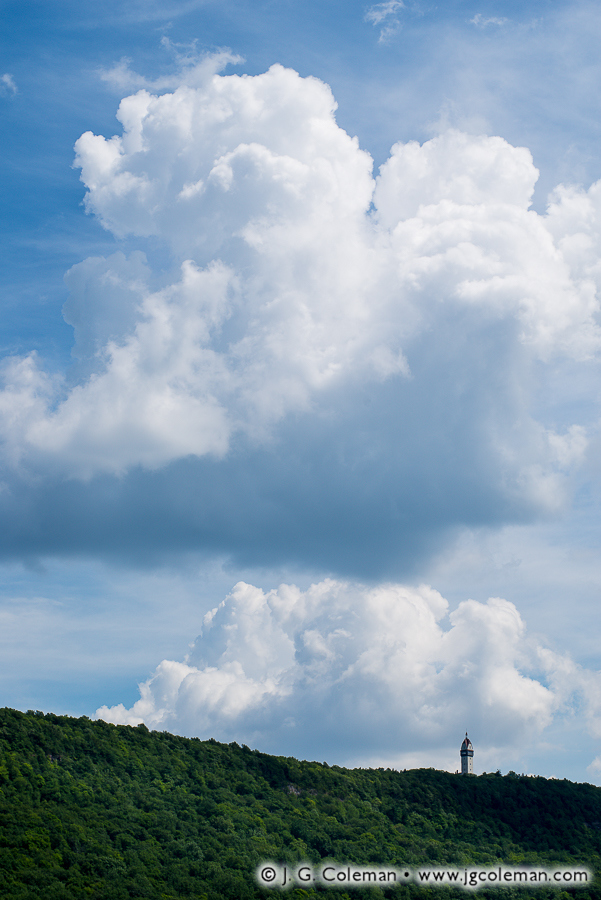
Field with plastic mulch, Bloomfield, Connecticut
© 2016 J. G. Coleman
In a small field in northern Connecticut, rows of freshly-planted sprouts dance in the breeze amidst cloud-marbled skies and nearby woodlands.
Modern farming represents a fascinating blend of old and new. After all, there’s something refreshingly timeless about a quiet pasture dotted with grazing cattle or a sprawling orchard of wizened apple trees. But advances in technology and technique have also enabled farmers to be more efficient and productive than ever before.
Case in point: the use of plastic sheeting, known as “plastic mulch”, seen in this field. Covering crop rows with plastic prevents the growth of weeds and better retains moisture, meaning less field maintenance and less water usage throughout the growing season.
Purchase a Fine Art Print or Inquire About Licensing
Click here to visit my landing page for “Yankee Farmlands № 66” to buy a beautiful fine art print or inquire about licensing this image.
Want to See More?
Be sure to check out all of the work from my on-going Yankee Farmlands project.








